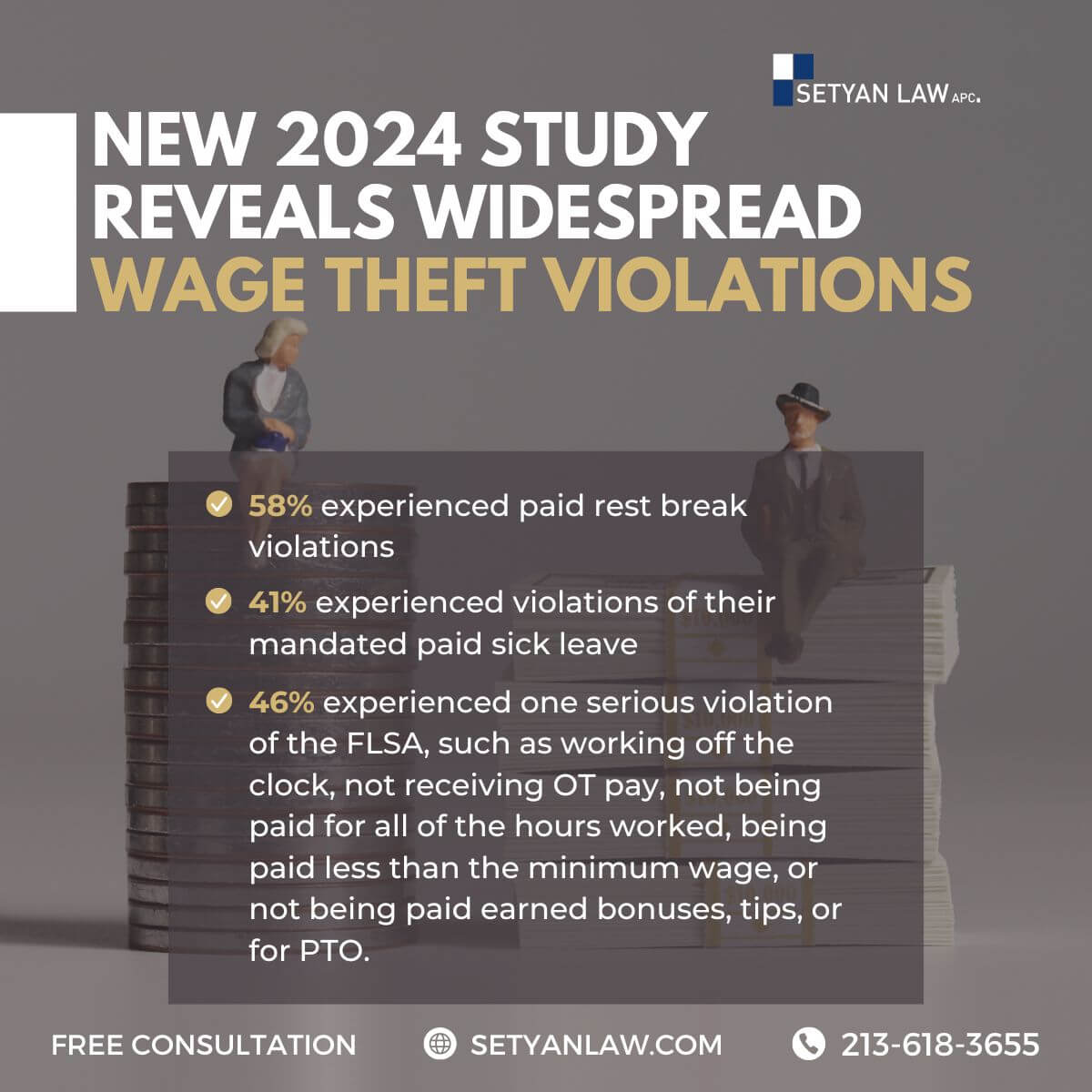Updated May 22, 2025
Sending a Demand Letter to an Employer for Your Unpaid Wages
Navigating the complexities of unpaid wages can be daunting for employees. When you’ve put in the hours but haven’t received the compensation you deserve, it’s essential to take action. One effective way to initiate this process is by drafting a demand letter for unpaid wages. This article will guide you through the importance of such letters, how to craft one, and what steps to take if your employer fails to respond.
Understanding Unpaid Wages
Unpaid wages refer to the earnings that an employee has not received for work performed. This can include regular pay, overtime, bonuses, or any other form of compensation that was agreed upon. Wage theft is a serious issue, affecting countless workers across various industries. According to studies, billions of dollars are lost annually due to unpaid wages, making it crucial for employees to understand their rights.
Common Causes of Unpaid Wages
- Misclassification of Employees: Employers may misclassify employees as independent contractors to avoid paying benefits and overtime.
- Failure to Pay Overtime: Some employers neglect to pay the required overtime rates for hours worked beyond the standard 40-hour workweek.
- Deductions and Withholdings: Unjustified deductions from paychecks can lead to unpaid wages.
- Errors in Payroll: Mistakes in payroll processing can result in employees not receiving their full pay.
Understanding these causes can help employees identify if they are victims of wage theft and take appropriate action.
The Role of Demand Letters
A demand letter serves as a formal request for payment of unpaid wages. It is an essential tool in the process of recovering owed wages and can often prompt employers to rectify the situation without further legal action.
Why Send a Demand Letter?
- Documentation: A demand letter provides a written record of your request for payment, which can be crucial if legal action becomes necessary.
- Professionalism: Sending a well-crafted letter demonstrates your seriousness about the issue and your willingness to resolve it amicably.
- Legal Requirement: In some jurisdictions, sending a demand letter is a prerequisite before filing a claim with labor authorities or pursuing legal action.
Crafting an Effective Demand Letter
When writing a demand letter for unpaid wages, it’s important to include specific elements to ensure clarity and effectiveness.
Key Components of a Demand Letter
- Your Information: Include your full name, address, phone number, and email address.
- Employer’s Information: Clearly state the name and address of your employer.
- Date: Include the date the letter is sent.
- Subject Line: Clearly state the purpose of the letter, such as “Demand for Unpaid Wages.”
- Details of Employment: Mention your job title, employment dates, and any relevant contract terms.
- Amount Owed: Specify the exact amount of unpaid wages, including any overtime or bonuses.
- Work Period: Indicate the specific dates for which the wages are owed.
- Legal Basis: Reference any applicable labor laws or employment agreements that support your claim.
- Deadline for Payment: Set a reasonable deadline for your employer to respond or make payment.
- Consequences of Non-Payment: State what actions you will take if the payment is not made, such as filing a complaint with labor authorities or pursuing legal action.
- Signature: Sign the letter to authenticate it.
Sample Demand Letter Template
Here’s a basic template to help you get started:
[Your Name]
[Your Address]
[City, State, Zip Code]
[Your Phone Number]
[Your Email Address]
[Date]
[Employer’s Name]
[Employer’s Address]
[City, State, Zip Code]
Subject: Demand for Unpaid Wages
Dear [Employer’s Name],
I am writing to formally request payment for unpaid wages owed to me for my work as [Your Job Title] from [Start Date] to [End Date]. According to my records, I am owed a total of [Amount Owed] for the following work periods: [List Specific Dates].
As per [Reference Labor Law or Employment Agreement], I have the right to receive timely payment for my work. I kindly request that you remit payment by [Deadline for Payment]. If I do not receive payment by this date, I will have no choice but to consider further action, including filing a complaint with the [Labor Authority] or pursuing legal remedies.
Thank you for your attention to this matter. I look forward to your prompt response.
Sincerely,
[Your Signature]
[Your Printed Name]
Sending Your Demand Letter
Once your demand letter is ready, it’s crucial to send it in a manner that ensures it is received and acknowledged by your employer.
Recommended Sending Methods
- Certified Mail: This method provides proof of delivery and is often recommended for legal correspondence.
- Email: If your employer is responsive via email, consider sending a copy electronically, but ensure you follow up with a hard copy.
- Personal Delivery: If feasible, hand-delivering the letter can also be effective, especially if you can obtain a signature confirming receipt.
What to Do If Your Employer Does Not Respond
If your employer fails to respond to your demand letter by the specified deadline, you have several options to consider.
Next Steps
- Follow Up: A polite follow-up email or phone call can sometimes resolve the issue without further escalation.
- File a Complaint: If there’s still no response, consider filing a complaint with your state’s labor department or the U.S. Department of Labor.
- Seek Legal Advice: Consulting with an employment attorney can provide you with guidance tailored to your specific situation and help you understand your rights.
- Consider Legal Action: If all else fails, you may need to pursue legal action through small claims court or a lawsuit for unpaid wages.
Legal Considerations
Understanding the legal framework surrounding unpaid wages is essential for effectively navigating this process.
Relevant Laws
- Fair Labor Standards Act (FLSA): This federal law establishes minimum wage, overtime pay, and recordkeeping requirements for employers.
- State Labor Laws: Each state has its own labor laws that may provide additional protections for employees, including specific requirements for wage payment.
Statute of Limitations
Be aware that there are time limits for filing claims related to unpaid wages. These limits vary by state, so it’s important to act promptly.
Conclusion
Dealing with unpaid wages can be a frustrating experience, but taking the right steps can help you recover what you are owed. A well-crafted demand letter is often the first step in this process, serving as both a formal request for payment and a record of your efforts to resolve the issue. If your employer does not respond, don’t hesitate to explore further options, including filing a complaint or seeking legal assistance by consulting a top wage theft attorney. Remember, you have rights as an employee, and it’s essential to advocate for them.
By understanding your rights and the steps to take, you can navigate the complexities of unpaid wages with confidence. If you need assistance, consider reaching out to a legal professional who specializes in employment law to help you through the process.
Call Setyan Law at (213)-618-3655 to schedule a free consultation.






